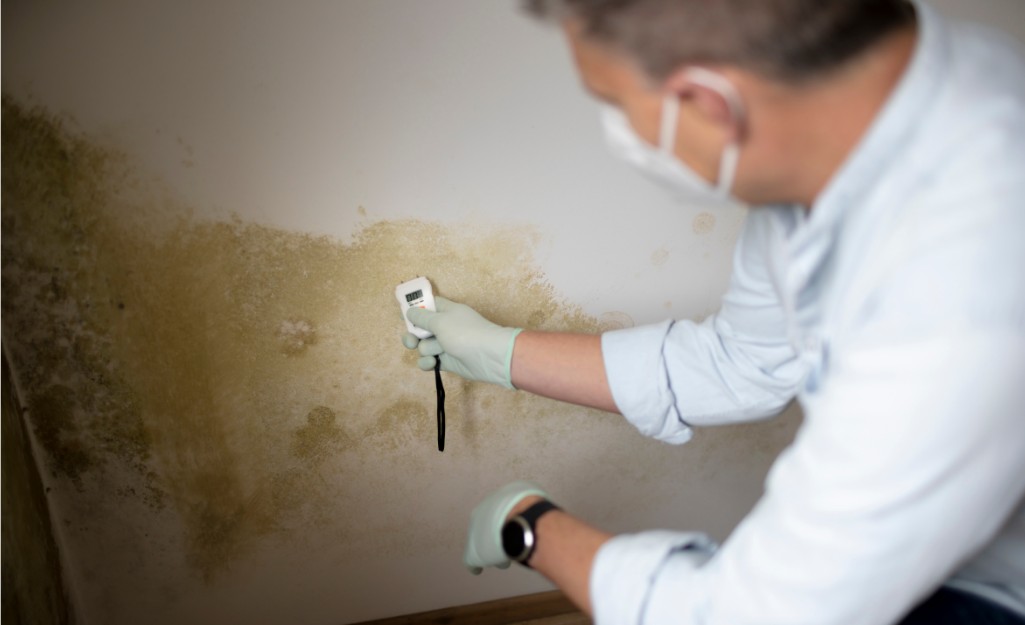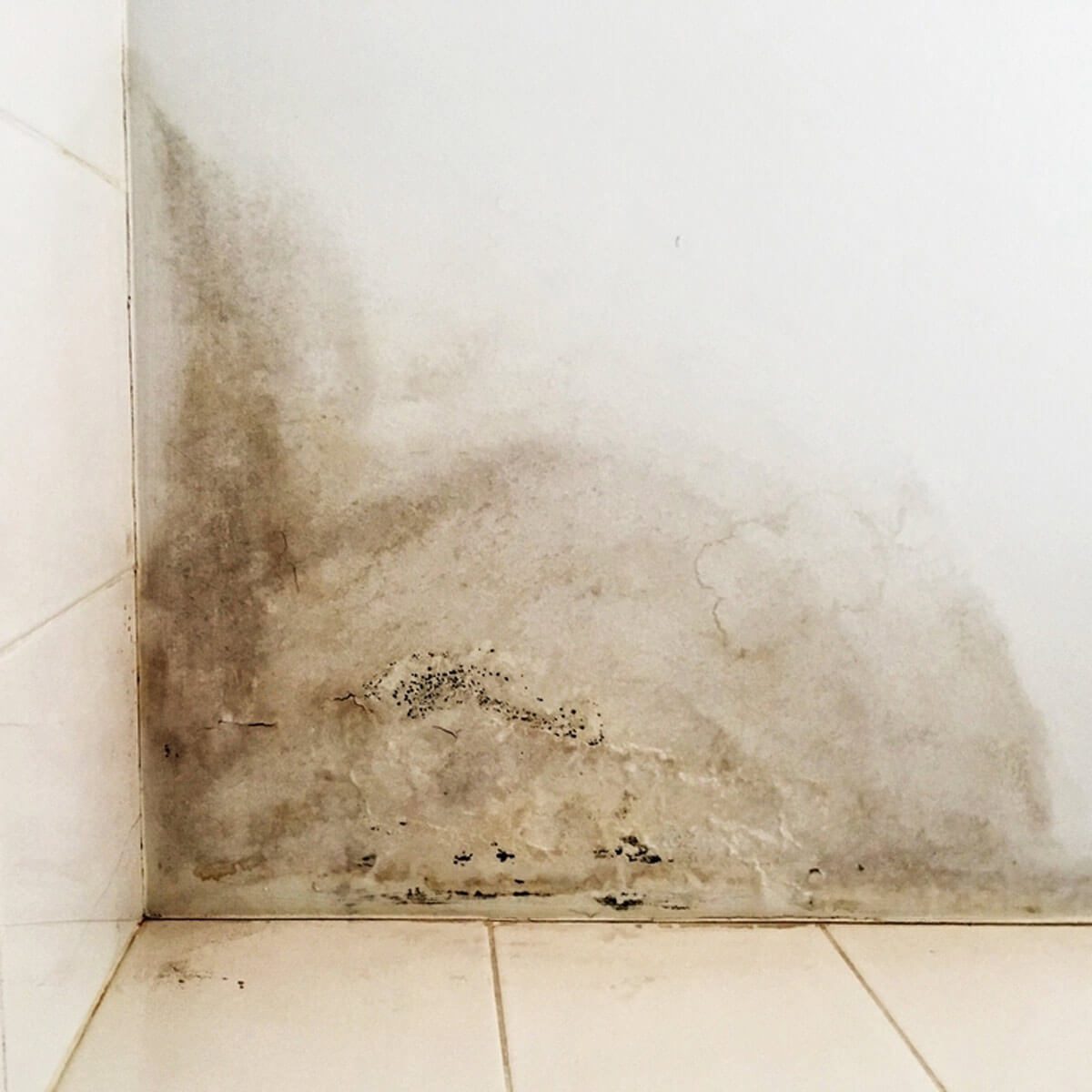Exactly How to Help Prevent Water Damage in Your Bathroom
Exactly How to Help Prevent Water Damage in Your Bathroom
Blog Article
They are making several great observations related to How to Repair and Prevent Bathroom Water Damage as a whole in this content which follows.

The bathroom is incredibly prone for moist build-up and also potential water damage because of the constant use of water in it. This post supplies simple evaluation strategies to help spotting water damages threats.
The frequent use of water in the shower room makes it exceptionally at risk for moist build-up as well as possible water damages. By inspecting it frequently, you can minimize water relevant damages.
The following set of assessments is very easy to execute and also need to be done once in every 3 months in order to keep your restroom healthy and to avoid possible water damages triggered by the bath tub, the shower, pipe joints as well as plumbing, sinks, closets, and the bathroom
Do not forget carrying out these evaluations and also be thorough while doing them. Remember that these simple evaluations can conserve you a great deal of money by offering very early signs for water damage
Sinks and Cabinets
Sinks as well as closets are revealed to moisture as well as moisture day-to-day and are frequently neglected. Check on a regular basis under the sink and also on the kitchen counter over it. Fix any kind of drip in the catch as it may suggest drain problems. Take a look around the sink, sluggish draining pipes may indicate a blocked drain. Replace sink seals if they are cracked or loose.
Bathtub and Shower
The shower and also bath tub call for unique focus and also upkeep. Inspect the ceramic tiles as well as replace if broken. Ensure that there is no missing grout in between the floor tiles. Evaluate and also replace broken caulking at joints where the walls meet the floor or the bath tub. Obstructed drains pipes as well as pipes problems will protect against the bath tub from drying out as well as may indicate significant troubles underneath the bathtub. Seek advice from a specialist right away to prevent architectural damage. Pay attention to stainings or soft areas around the bathtub wall surfaces as they may show an interior leakage.
Plumbing
Signs for water damages are difficult to detect given that many pipes are set up inside the walls.
Pay unique interest to floor covering as well as walls wetness and discolorations as they may show an unnoticeable plumbing problem. Inspect moisture degrees in adjoining spaces as well.
The Bathroom
The toilet is a prone water junction. Examine the water lines and look for leaks around the bathroom seat, in the hose, as well as under the water tank. If you discover any indications of dampness on the floor around the commode, check for leakages in the toilet rim as well as container seals.
Understand that hanging commode bowl deodorants raises the possibilities for obstructions.
Water Damage Signs In The Bathroom To Avoid Cleanup
Musty smell
This is one of the easiest signs to catch because musty smells are so odorous. The damp, earthy, moldy smell should be a big red flag. The smell will develop when moisture gets trapped in surfaces, and begins to facilitate mold growth. Leaking pipes under cabinets, inside walls, and behind shower fixtures will cause moisture to stay trapped and not dry, which will lead to mold growth and spread. As soon as you notice any musty smells in your bathroom, have it checked for hidden water damage and cleanup signs.
Visible mold
If the smell isn’t there to give it away, sometimes you will actually see mold growth. Finding mold in your bathroom is a serious problem, because mold is very harmful to your health. By the time mold growth is visible, it also means that water damage has already occurred and been present for some time. The only way the mold problem can be resolved is to find the source of the moisture and get it stopped. To safely and adequately remove mold, you need to have professionals handle the remediation. Do not waste any time in getting mold problems addressed, fixed, and sanitized so that you can protect you and your family from the many respiratory symptoms caused by mold exposure.
Damaged floors
Bathroom floors should be able to withstand some exposure to water while still remaining in good condition. However, when excess exposure or water leaks occur, they will begin to damage even the most water-resistant flooring. If you notice any cracking, bubbling, staining, or warping on your bathroom floors, there is probably a water leak somewhere causing the distortion. If you notice areas of the floor have become softer, or even have a spongy feeling, there is probably damage to the subfloor. Subflooring is typically made up of plywood. When plywood is exposed to water or moisture, it will absorb it. Once it has become saturated, the weight of the excess water will cause the wood to swell and soften. Check the floors in your bathroom frequently to catch any of these sings before they lead to damaged subflooring.
Changes on walls
When water leaks behind walls, it will cause changes in the drywall. Peeling plaster, blistering paint, and soggy wallpaper are all good indicators that excess water is building up behind the wall. Water leaking behind drywall will cause it to swell and be soft to the tough. If you start to notice gaps along the trim of your walls, or where tile meets the wall, it could also be a strong indicator that there is a leak behind the wall. Any changes, distortion, or damage on the walls should be evaluated as soon as you notice it to prevent further water damage and cleanup.

I hope you liked our post on Looking for Signs of Water Damage in the Bathroom. Thanks for taking the time to read through our article. Feel free to set aside a second to share this article if you enjoyed reading it. Thank-you for your time spent reading it.
Prices & Booking Report this page